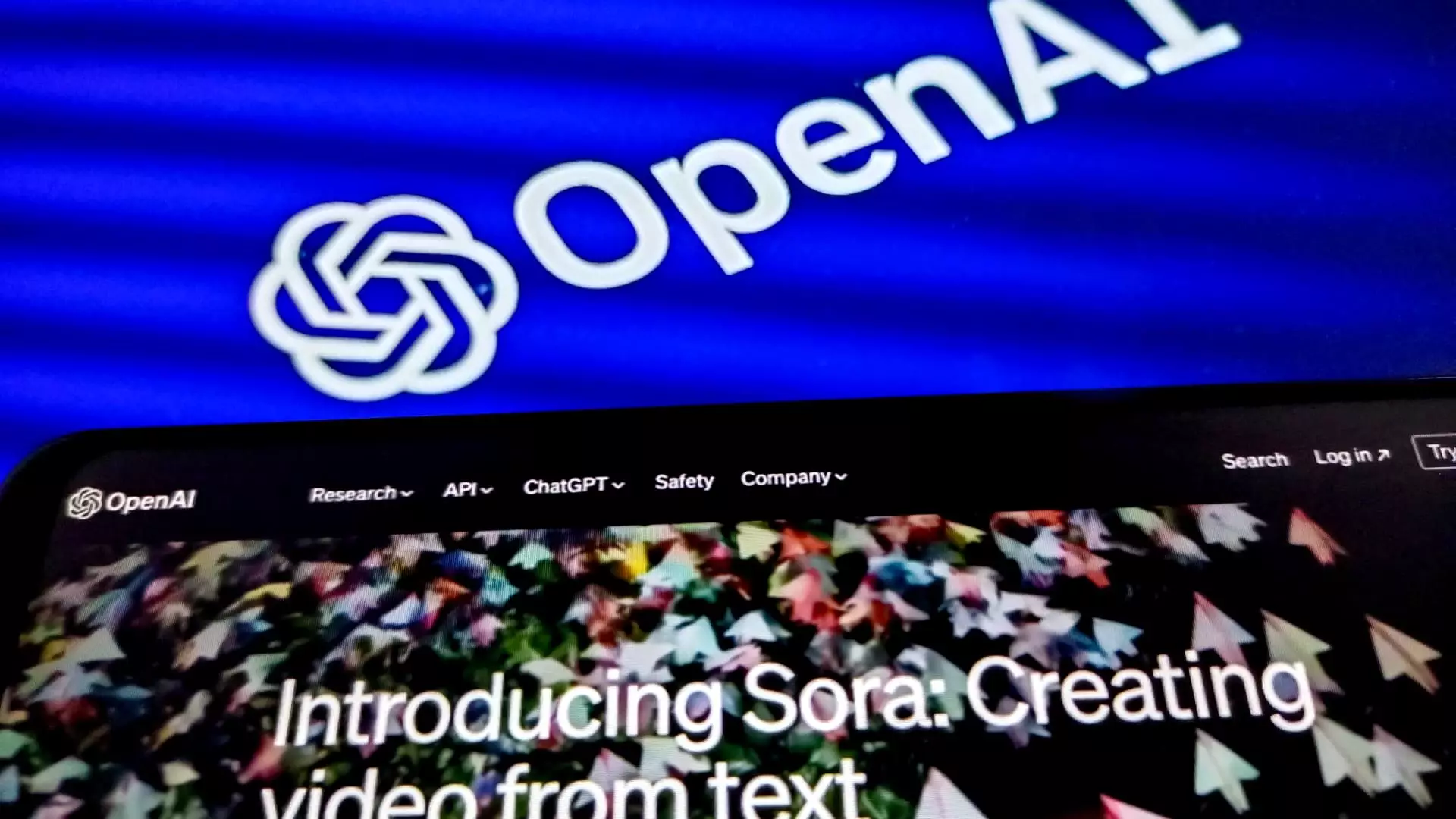The artificial intelligence landscape is rapidly evolving, and OpenAI finds itself at a pivotal crossroads, marked by significant leadership changes amid an impending funding round. The company is faced with the dual challenge of reassuring its stakeholders while navigating the turbulent waters that accompany the departure of key executives.
In recent days, OpenAI’s Chief Technology Officer, Mira Murati, announced her departure, a move that has ignited conversations about the stability and direction of the company. This departure was compounded by the exit of two additional research executives—Bob McGrew and Barret Zoph—prompting immediate concerns among investors regarding the longevity of OpenAI’s innovative edge. Sarah Friar, OpenAI’s CFO, promptly reached out to investors to address these changes, emphasizing the strengths that remain within the organization. Her reassurances, articulated through an email reportedly seen by CNBC, highlight a commitment to transparency even as the company endures a shakeup at the top.
Despite the gravity of losing top-tier talent, Friar stressed that OpenAI boasts a robust leadership team prepared to guide the organization forward. Such statements are crucial; they counterbalance potential investor unease with a narrative of resilience and adaptability. However, it remains to be seen whether these assurances will quell concerns or if they merely serve as temporary salves for deeper issues.
Amidst the organizational upheaval, OpenAI is in the midst of negotiating a substantial funding round valued at an impressive $6.5 billion. This round is expected to reinforce OpenAI’s valuation at approximately $150 billion. With Thrive Capital leading the charge by investing $1 billion, it signals confidence in OpenAI’s future despite internal shifts. Friar’s email highlighted that the funding round had garnered significant interest, indicating it was oversubscribed, which bodes well for the company’s financial health.
Nevertheless, the true test lies in how successfully OpenAI can articulate and reassure its value proposition to both current and potential investors, especially in light of leadership volatility. Meeeting with investors to link them with key leaders from both the product and research teams could bolster investor confidence. However, it also raises a question: will the retained talent be enough to mitigate the impact of the lost executives?
Response to Leadership Transitions: Operational Continuity
Change is inherent in the tech sector, and how OpenAI manages this transition could serve as a critical learning experience. While the departures of Murati and others present notable concerns, the organization has indicated that it is actively seeking to fill the gaps left by these exits. Mark Chen’s promotion to senior vice president of research is a strategic move aimed at ensuring continuity and innovation. Additionally, other leaders, such as Kevin Weil and Srinivas Narayanan, have been brought in to drive the company’s research mission forward.
However, the specter of competing firms like Anthropic, which have also lured away some of OpenAI’s founding members, presents ongoing competition for talent that could hinder OpenAI’s operational continuity. With co-founders taking steps to initiate new ventures and another founder currently on leave, the cumulative effect raises pressing questions about the company’s strategic direction moving forward.
Investor sentiment is undoubtedly influenced by the unfolding drama at OpenAI. At an all-hands meeting, CEO Sam Altman took steps to dismiss speculation regarding his ownership stake, which has been a recurring concern among investors. While he assured stakeholders that they would not be receiving any “giant equity stake,” it reflects a larger issue of trust and equity that needs to be fortified within the company.
Looking ahead, OpenAI faces a dual imperative: it must not only stabilize its internal leadership dynamics but also deliver on its ambitious vision of making AI more accessible and establishing sustainable revenue models. The company’s approach will likely determine its ability to navigate the uncertainties of leadership changes while fostering growth and innovation that aligns with investor expectations.
OpenAI is at a significant juncture as it addresses its leadership changes, funding goals, and broader strategic aspirations. The company’s resilience will hinge on its ability to adapt and evolve amid external pressures while cultivating a narrative that reassures investors and the wider tech community of its long-term value.

